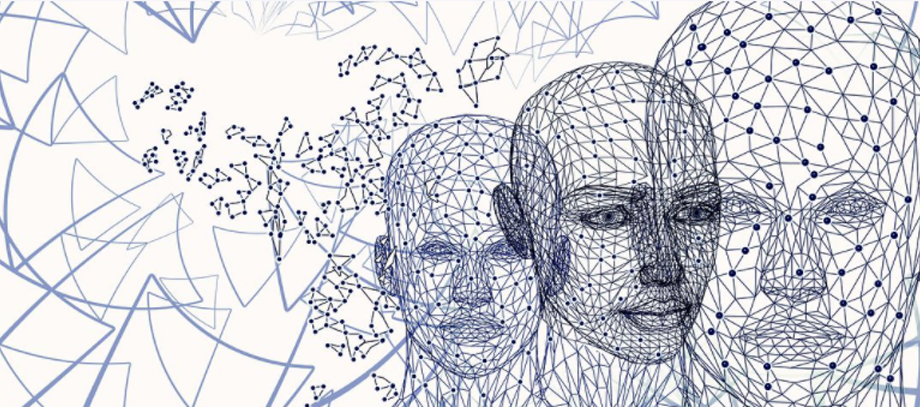|
|
The treatment of medical disorders during the 17th and 18th centuries at St. Mary’s Bethlehem Hospital in London was commonly referred to as “bedlam.” Visitors would pay to view patients who were strapped and shackled to their chairs and cots, as if they were viewing zoo animals.
From Beatings to Baths
Over the next two centuries, we treated psychological disorders with a variety of harsh and gentler methods; from drilling holes in patients’ heads, to giving warm, soothing baths and massages. By restraining, bleeding, and “beating the devil” out of people; or situating them in sunny, serene environments. By administering hypnosis, drugs and electric shock, talking about childhood experiences, their parents, their current feelings and their maladaptive thoughts and behaviors.
The transition from harsh to humane treatments and the introduction of therapeutic drugs and community-based treatment programs during the mid-20th century has brought psychotherapy to the modern era.
Evolution of Humane
Today, mental health therapies can be classified into two main categories: psychological and biomedical.
Psychological
Psychological disorders that researchers believe are learned, such as phobias, will likely be treated with psychological therapies. There are many psychotherapy approaches, and fully one-half of all psychotherapists have described themselves as taking an eclectic approach, i.e., a blend of various therapies (Beitman, et al, 1989). Closely related to eclecticism is psychotherapy integration. Rather than picking and choosing individual rigid methods, advocates combine different methods into a single therapy system.
Biomedical
Psychological disorders that are biologically rooted, such as schizophrenia, are more like to be treated with biomedical therapy, such as prescribed medications or medical procedures that act directly on the patient’s nervous system.
Societal Risks
Many psychological disorders are the result of social conditions. Thus many therapists are involved in improving unhealthy environments. For example, children of poverty are at risk for a variety of disorders and wealthier communities are at risk for personality and eating disorders.
There are literally dozens of types of psychotherapy, ranging from psychoanalytic to humanistic, and behavioral to cognitive. One-on-one psychotherapy can be emotionally charged, often leaving patients feeling emotionally drained after sessions.
This report is not a diagnosis. We hope this information can guide you toward improving your life.
Review our Knowledge Base or the links displayed on this page for similar and related topics.

